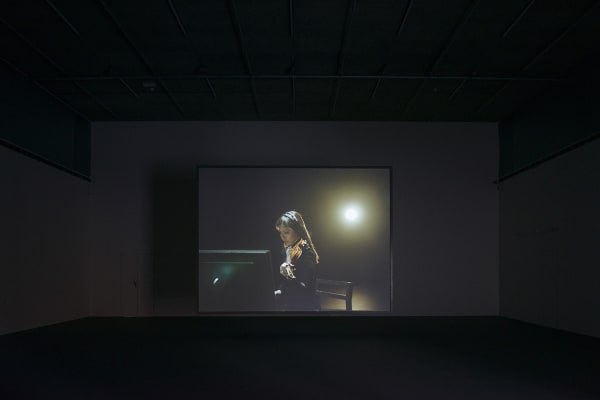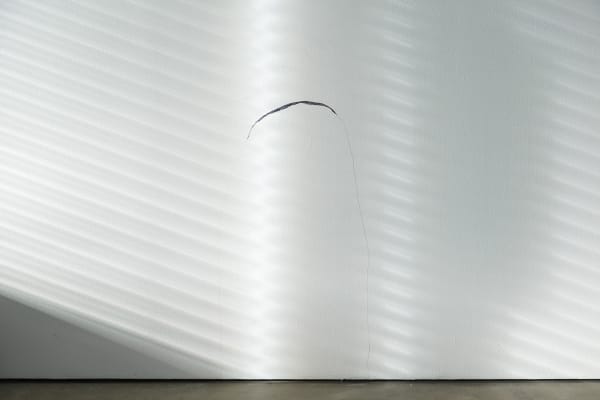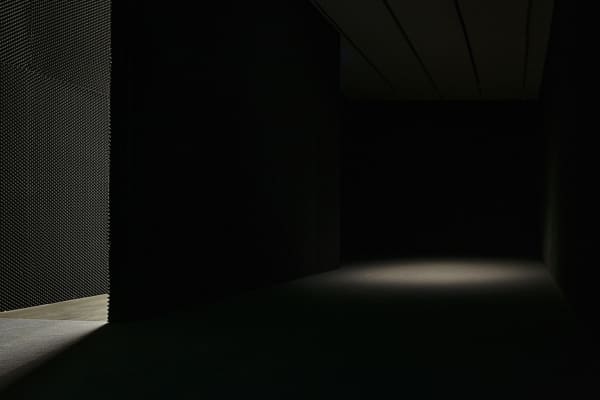SUSAN PHILIPSZ: BONNIERS KONSTHALL, STOCKHOLM
Over the course of two decades, Susan Philipsz has experimented with both the sculptural and spiritual dimensions of sound. By utilizing recordings of instruments along with her own voice, she creates all-encompassing sound architectures, which evoke an acute awareness of the surrounding space. Philipsz’s sound installations often find their way outside of the art institution, residing in the public sphere. Railway stations, churchyards, bridges and bodies of water reappear time and again in her work. For the Bonniers Konsthall exhibition, Susan Philipsz will create a new piece specifically for the Konsthall itself, and has chosen the space opera Aniara as her raw material. The installation will be the first time Susan Philipsz also utilizes the medium of film.
Aniara, a poem written by Swedish Nobel laureate Harry Martinson in 1956, continues to be as relevant today as it was at the time of its writing. The story takes place on the enormous spacecraft Aniara, which is set to transport 8,000 people from Earth to Mars and Venus, as Earth has been damaged by environmental destruction and nuclear war. Along the way, Aniara loses its way and travels out of our solar system, into the unknown. We follow the people trapped on board Aniara as they confront the fact that there is no escape – rescue is impossible.
Karl-Birger Blomdahl, the leading modernist composer in Swedish musical history, composed the opera itself with 2016 marking his 100-year jubilee. Under his direction, Aniara was the first opera to be infused with electronic music, combined with jazz, cabaret, hymns and twelve-tone music. The opera’s libretto was written by author Erik Lindegren.
Alongside the exhibition, Bonniers Konsthall and Art and Theory Publishing will release a vinyl box set, featuring a selection of text and pictures.







